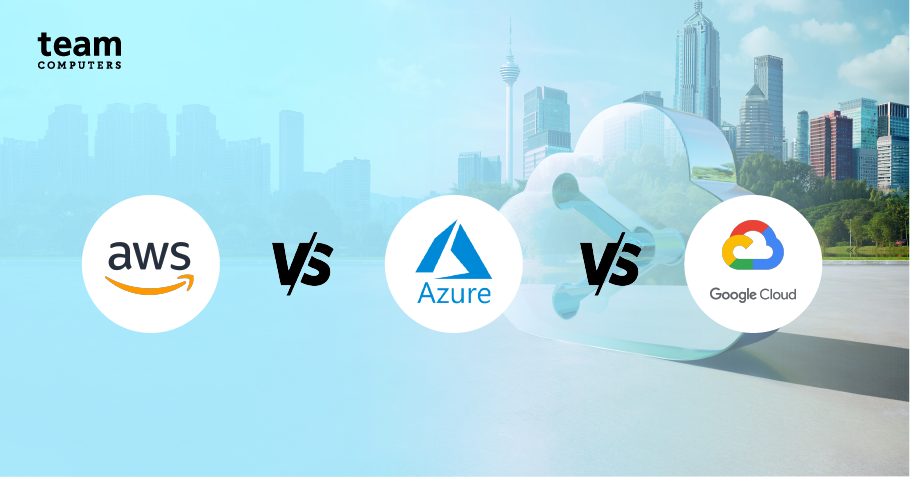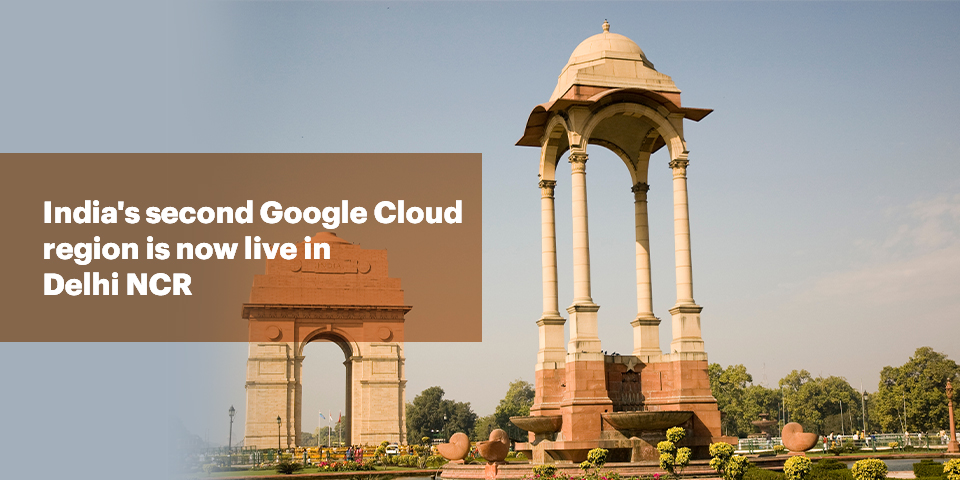Big news for India as Google launches their second cloud region in Delhi NCR. Check out how Indian businesses will benefit from it!
15th July 2021 will be remembered as an important event for Indian businesses in their journey towards digital transformation in India. Google India has launched its second region in Delhi NCR after launching it, for the first time, in 2017, in Mumbai. This new addition has made it rank 26th globally and 10th in the Asia Pacific region.
According to Thomas Kurian, Chief Executive Officer, Google Cloud, the rationale behind this decision is enormous growth in demand for capacity building, low latency, and the need for disaster recovery solutions in India. He said “India is one of our fastest growing markets.”
The decision helps in pursuing the policy of data localization and requires a long-term commitment in terms of capital and infrastructure investment on behalf of Google India to tap the opportunities arising from existing and new customers. The new region of Delhi NCR will help the businesses to take advantage of infrastructure services and big data that are in alignment with India’s data laws and regulations.
Google Cloud resources are hosted at multiple locations across the globe at global, regional, and zonal levels. The two cloud regions deployed in India are for Google Cloud Platform resources comprising three or more zones each having a single failure domain in the region. The new region of Delhi NCR is dedicated to providing services and products for GCP customers and is of great importance for industries like healthcare, education, banking services, and other Public Sector Undertakings.
How will this Benefit Google India and their Customers?
In this Region, via high-performance networks, there are provisions made to protect the customers from service disruptions and to ensure delivery of a portfolio of key products like Compute Engine and BigQuery. All this will help Google India –
- in creating a differentiated value proposition for regulated industries with enhanced disaster recovery solutions.
- in prioritizing plans for providing various India-specific disaster recovery solutions and greater control of data,
- in promoting transparency by investing in data privacy and security, and
- in facilitating the organization’s smooth transition to cloud-based technology in an efficient and sustainable manner.
As per the recent report of International Data Corporation, India spent $3.6billion on public cloud services in the year 2020. The pandemic has accelerated this process by forcing companies to provide “work from home” choices to their employees in order to stop the disruptions in the working of the organizations. This resulted in a steep increase in revenue from cloud-based infrastructure and it amounted to $1.9 billion in the second half of 2020. Keeping this trend in mind, it is expected that by 2025 it will grow at a compound annual growth rate of 21.5% and will reach $9.5 billion.
Competition scenario
 The biggest competitors of Google GCP are Microsoft Azure and Amazon AWS. The former entered the Indian market in 2015 and announced three Indian regions in central (Pune), West (Mumbai), and South (Chennai) India.
The biggest competitors of Google GCP are Microsoft Azure and Amazon AWS. The former entered the Indian market in 2015 and announced three Indian regions in central (Pune), West (Mumbai), and South (Chennai) India.
With the availability of more local zones, Microsoft provides data residency, within the country data replication for back-up and recovery, lower latency, and reduced network distance to its customers who can get access to private connections to the cloud.
Amazon AWS, which launched its first regional zone in 2016, is also catching up by announcing its plan to open its second AWS in Hyderabad and also is building the infrastructure of three availability zones by investing $2.8 billion in India.
While these two companies have greater regional coverage and huge infrastructure, Google is closely associated with the public sector and is empaneled as a full-service provider to central and state government agencies.
